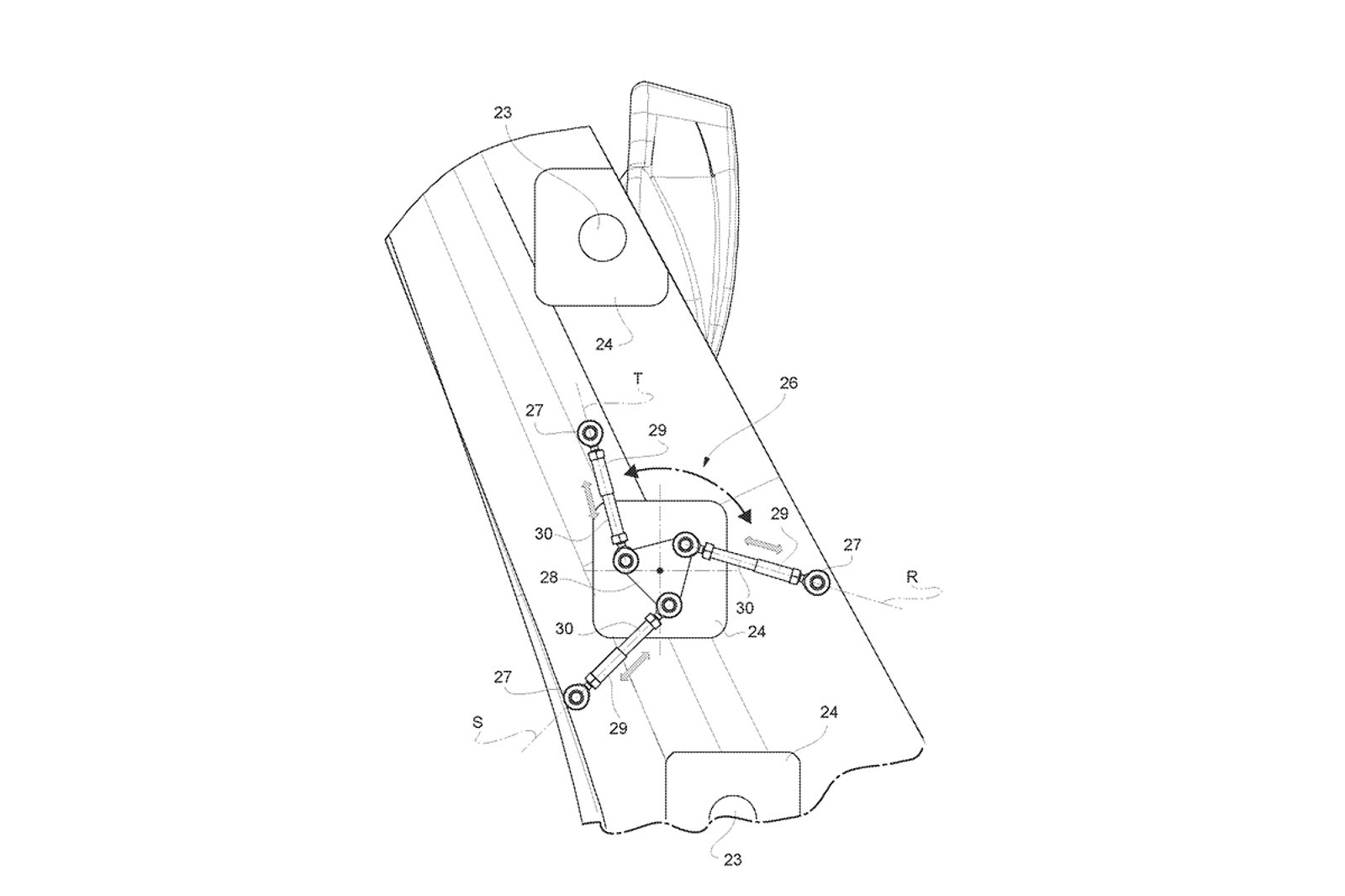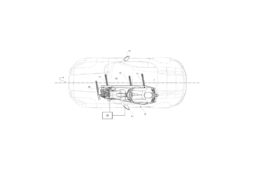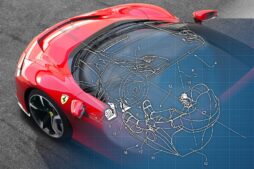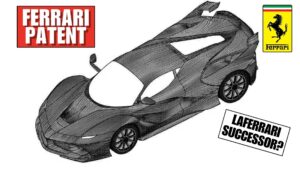Customize Your Seat for Perfect Posture: Personalized or Automatic Options Available
Ferrari is currently working on a revolutionary seating technology that will simplify the process of finding the perfect seating position with optimal support for people of all body types. This new technology will divide the seats into seven separate parts, each linked to the central spine of the vehicle. CarBuzz has stumbled upon a recent patent filed with the United States Patent and Trademark Office, revealing a groundbreaking invention that will completely transform the traditional single-piece seat structure.
In high-performance supercars, specifically those with a stronger emphasis on speed and handling, padding is commonly affixed to the primary structure of the car, known as the monocoque. This padding serves to offer comfort to passengers while also minimizing the overall weight of the vehicle. However, these cushions cannot be customized and the only other option is a bulky seat equipped with mechanisms for adjusting the backrest and seat angle.
Ferrari’s innovative approach not only reduces weight, but significantly expands the ability to adjust every part of the seat. This solution not only achieves a lighter weight, but also provides an extensive range of flexibility for all sections of the seat.
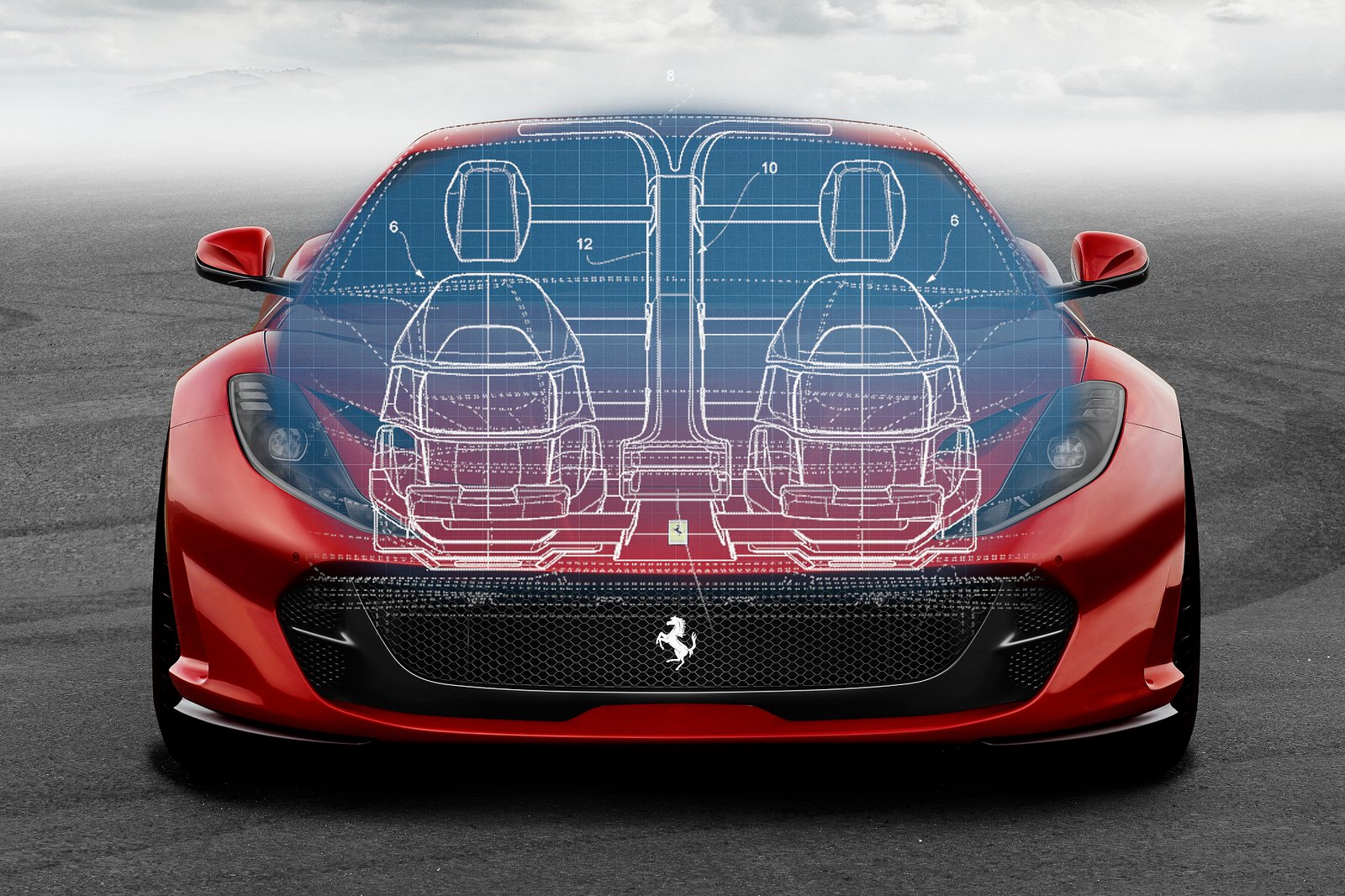


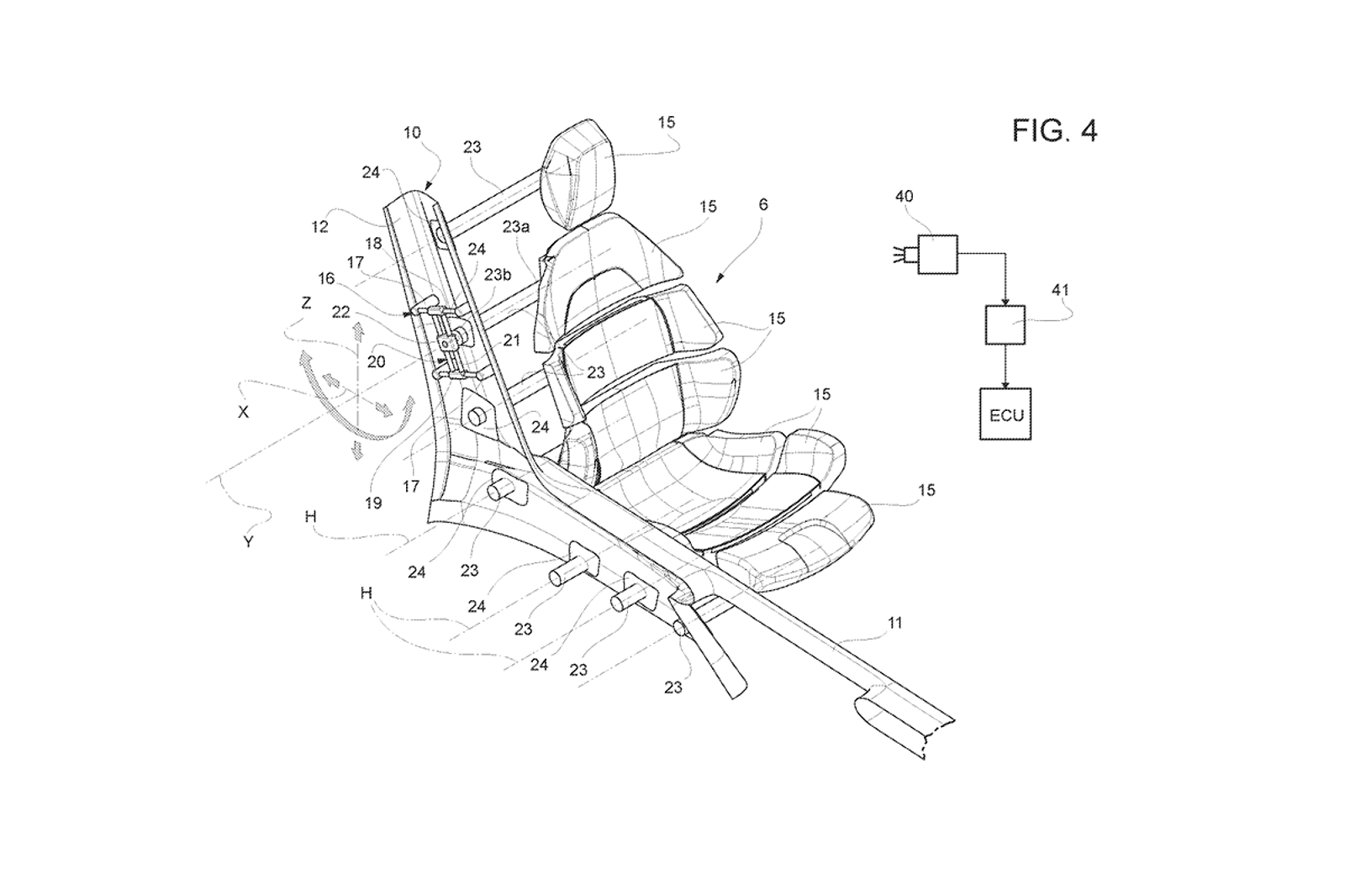
It is worth acknowledging that Ferrari has previously delved into ways of customizing the interior to cater to different physiques. Additionally, Lamborghini holds a patent for seats that can be adjusted using individual components. The latest concept from Ferrari appears to combine and enhance both approaches. Nonetheless, this particular design involves anchoring the seat to a central backbone within the cabin, which houses actuators and motors to facilitate movement through hydraulically powered bars.
The mechanism operates by dividing the chair into up to seven distinct segments, each with three possible movements along Cartesian axes. This allows for straight-line adjustments in the upwards, downwards, forwards, backwards, leftwards, and rightwards directions.
This implies that the support for your thighs, headrests, side panels, and even the seat cushion can all be adjusted in multiple ways to suit your specific needs.
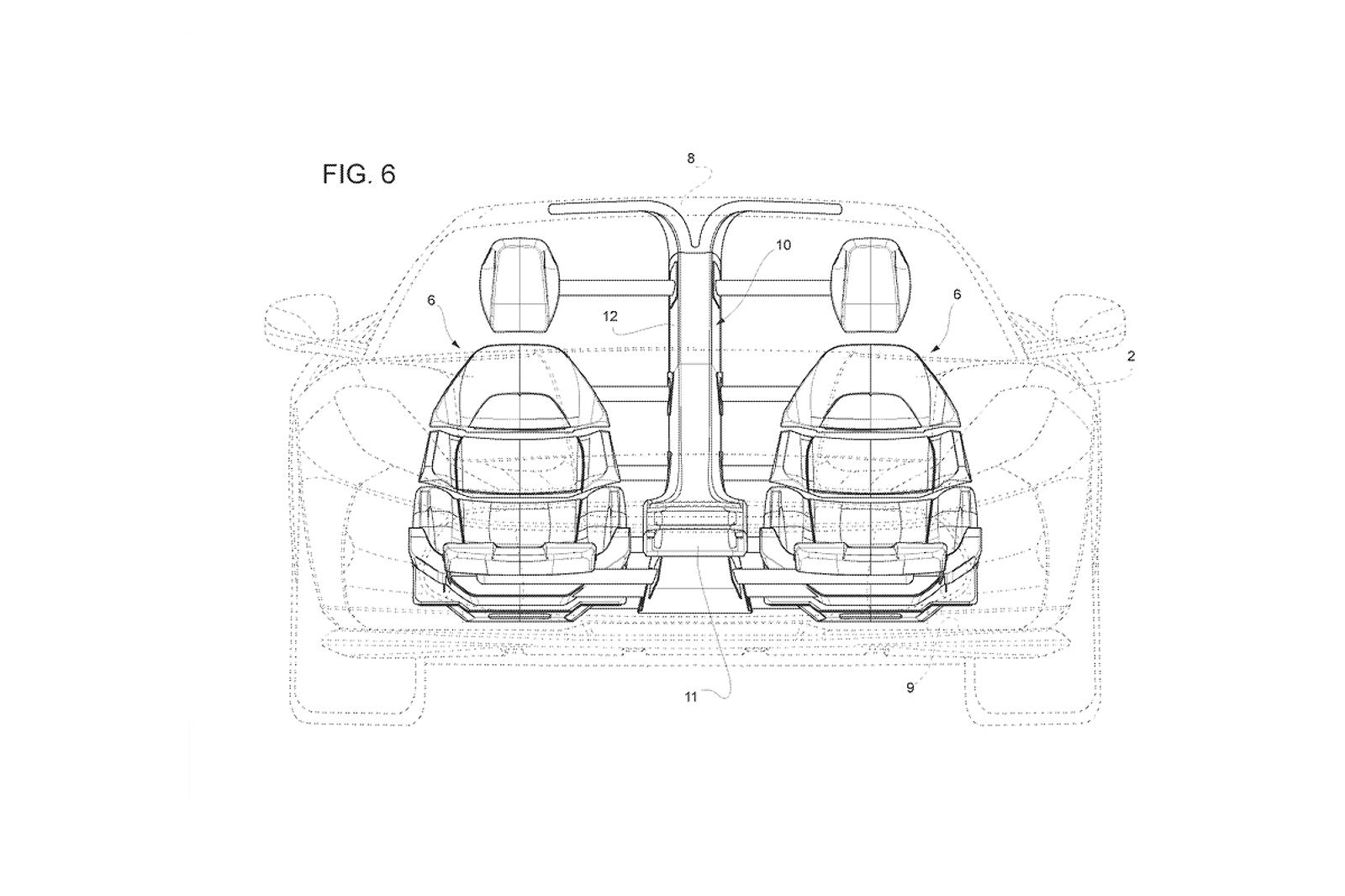

Although it is technically feasible to allow for this type of movement using individual levers and manually operated actuators, Ferrari clientele would likely dismiss such a laborious option. Therefore, the system operates electronically and can store different configurations, mirroring the functionality of current memory seats.
Current seats lack the ability to utilize a camera for identifying a person’s position and subsequently modifying the individual components of the seat accordingly. However, Ferrari’s groundbreaking creation not only possesses this capability, but it also has the capacity to adapt in the moment.
To summarize, this particular seat would enhance the future 812 Competizione by providing greater comfort without significantly increasing its weight. Additionally, it would introduce a level of intelligence to the vehicle, tailoring its support to the individual user’s preferred sitting position.
Is it mandatory? Not necessarily. Could it potentially be implemented? Highly likely.Is it obligatory? Not really. Could it potentially go into production? Very likely.
